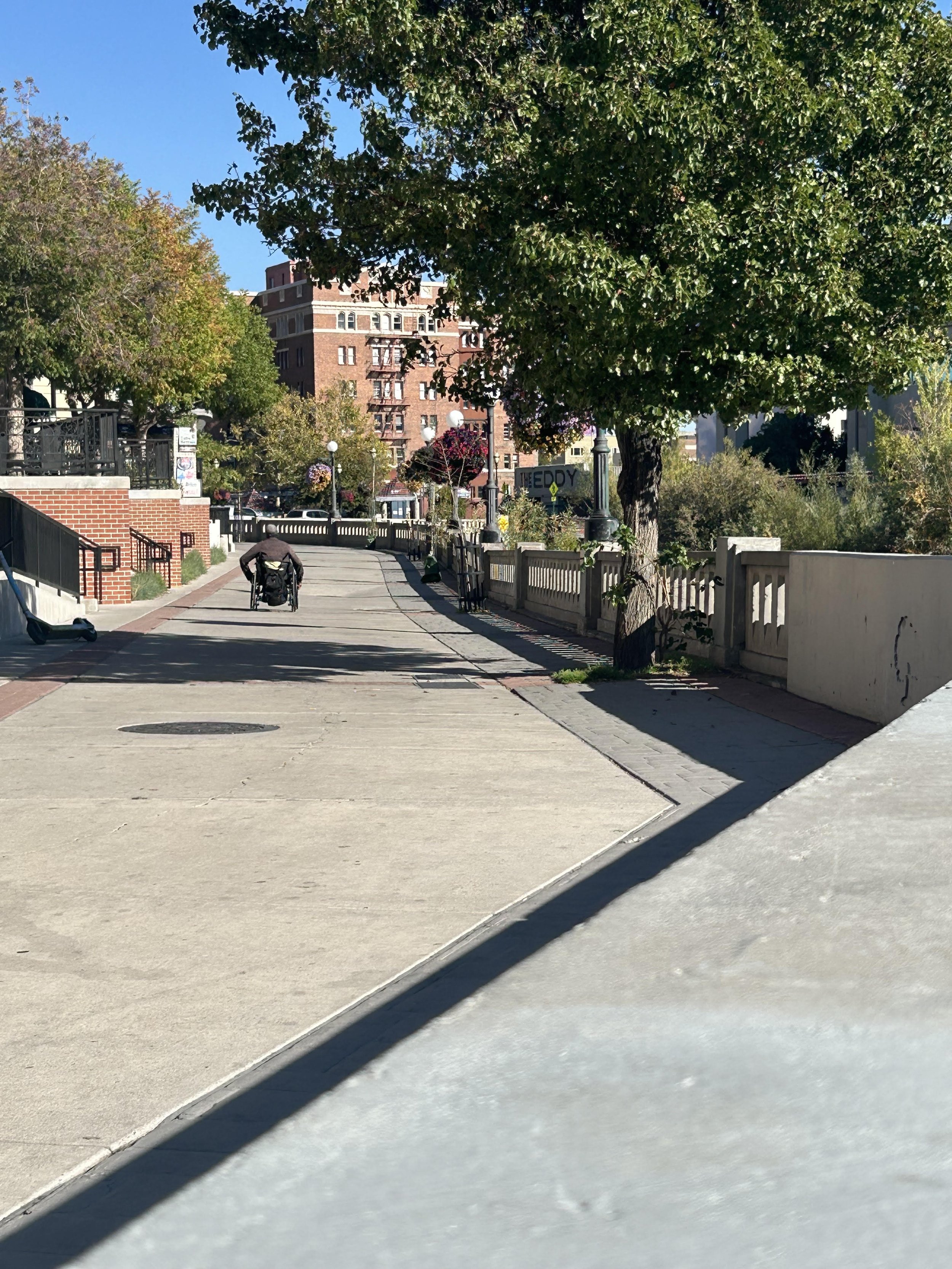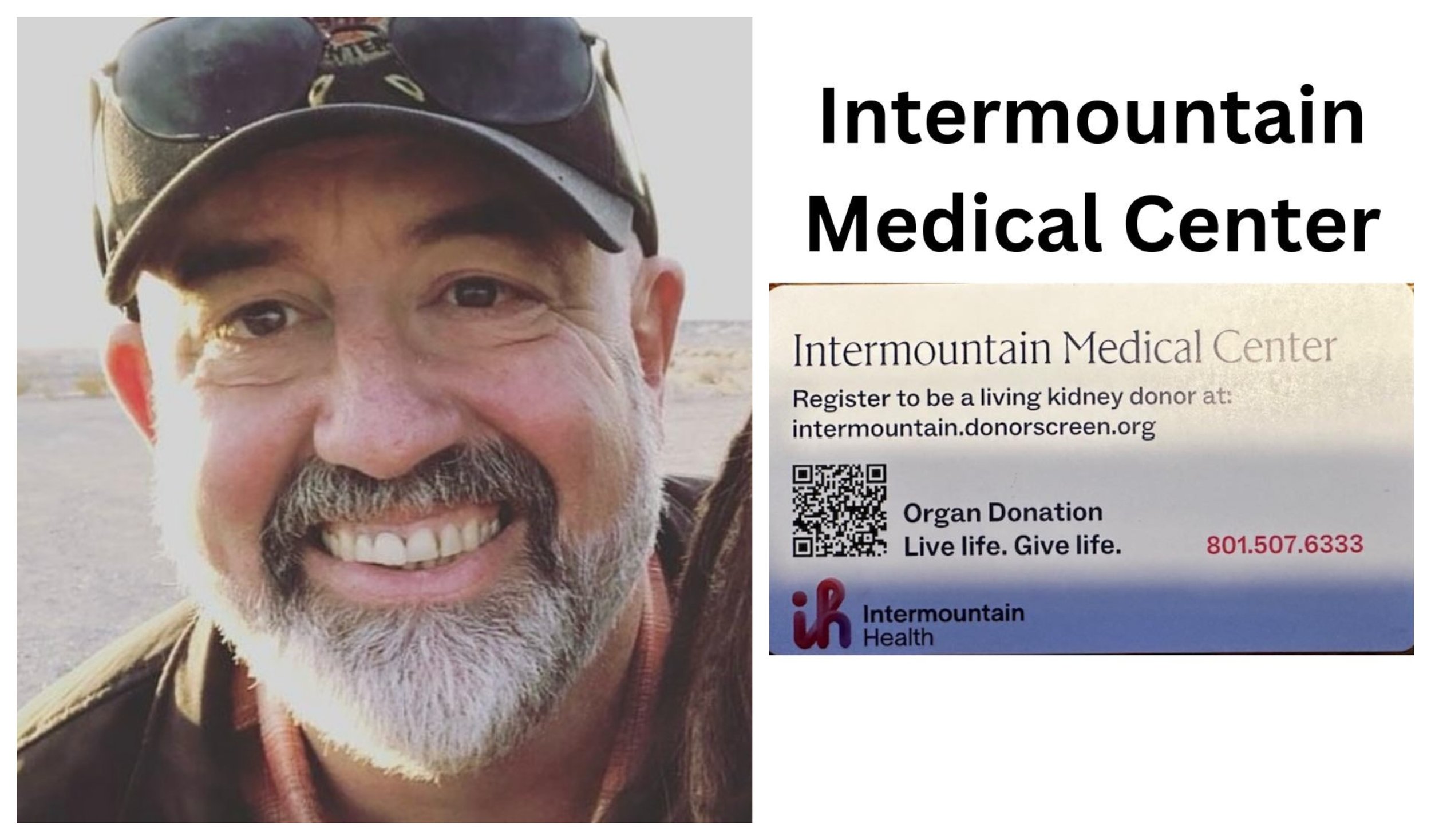When I was researching ballot questions before the election, I stumbled across an article from *The Journalist’s Resource* about how confusing ballot wording can sway voters. Basically, if someone doesn’t know much about an issue or is reading the question for the first time in the booth, they’re more likely to vote "no" or skip it altogether if it's filled with convoluted jargon.
That’s exactly what happened with WC1. The wording was super complicated and made it seem like a tax increase. If you didn’t already know this funding had been coming out of your property taxes since 1994, voting "no" made sense. I’ve even talked to people who regret their vote after learning more—they didn’t realize this would put the library’s funding at risk.
When I saw the library director’s statement about potential budget cuts, I started rage-posting on Instagram. At first, I was just sharing ways to email the commissioners and a draft of what I planned to say at the next meeting. Then I thought, why not turn this into a petition?
Now, I’m asking people to join me at the Washoe County Board of Commissioners meeting on November 19th, 10:00 AM(1001 E. Ninth Street, Building A, Reno). Show up, sign up for public comment, and tell them why you love the library. You don’t have to be fancy—just share how the library has helped you.
Can’t make it? Submit a comment online here:
https://washoe-nv.granicusideas.com
We’ve got until mid 2025, when the budget is finalized, to keep the pressure on. Showing up to this meeting is a great start, but we’ll need to stay engaged to make sure the library gets the funding it deserves.
If you’re curious, check out how to stay involved on the petition site here:
https://sites.google.com/view/wclibraryfunding/get-involved
I threw it together quickly, so some features like the response counter might be a little funky on mobile, but hey, it works!
Let’s make this happen. See you on the 19th!
Our Town Reno, Citizen’s Forum Contribution by Bradley Leavitt











































